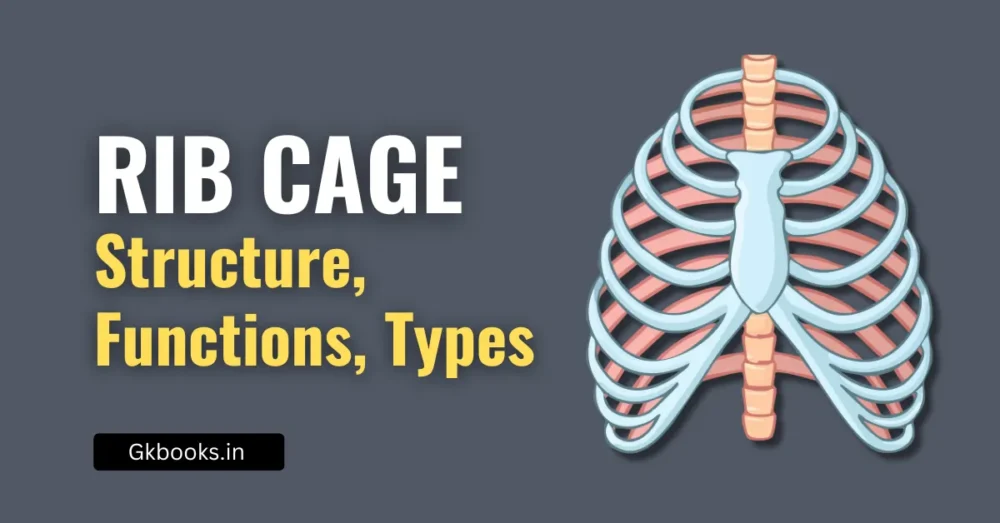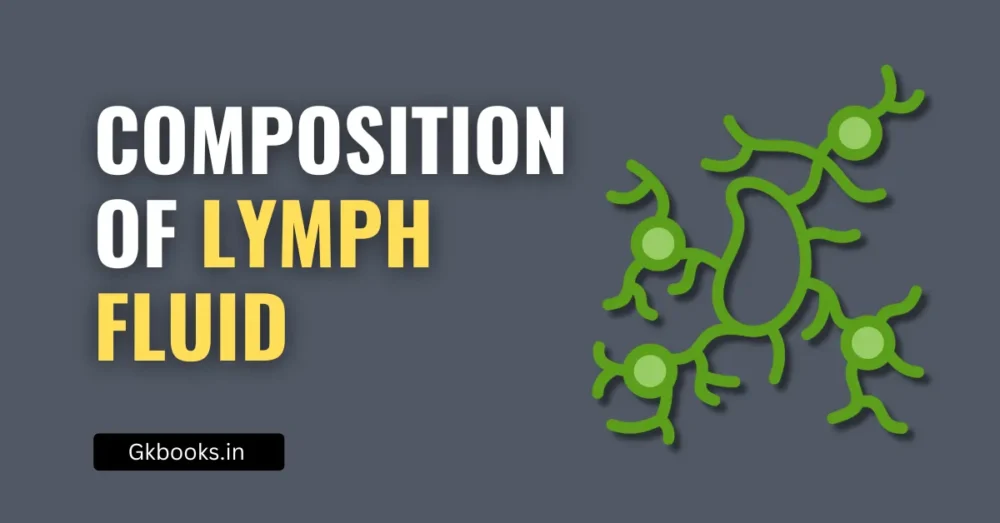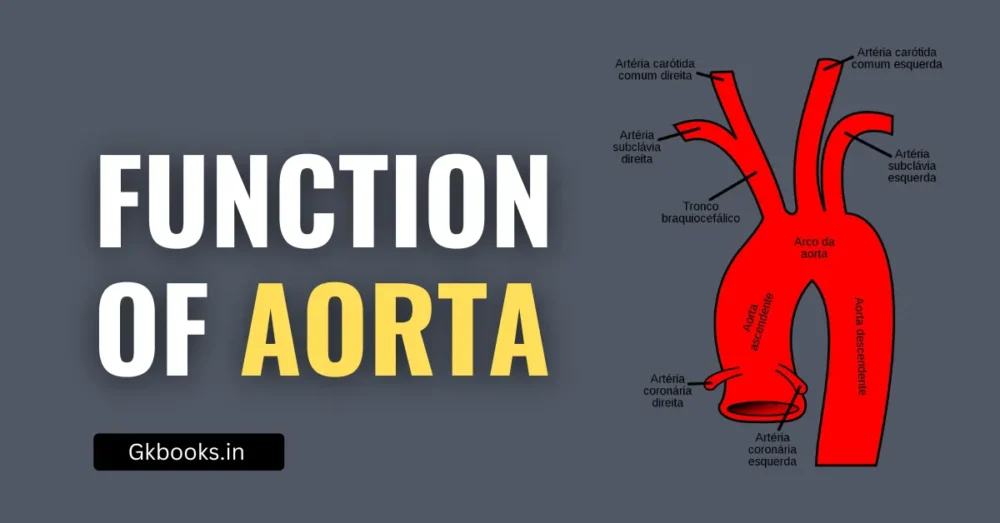If you’re preparing for SSC, RRB NTPC, UPSC, or state-level exams, you must have come across this question:
“Why is the ribosome called the protein factory?”
In this post, we’ll break it down in simple words, just like how a 6th-grade student would understand — yet with enough depth to help you in competitive exams.
What is a Ribosome?
◾A ribosome is a tiny, round structure found inside all living cells — both plant and animal cells.
◾It’s not covered by a membrane and can float freely in the cell or attach to a structure called the endoplasmic reticulum (ER).
👉 Key Point: Ribosomes are made up of RNA and proteins.
Why Do We Call It the “Protein Factory”?
We call ribosomes the “protein factory” because their main job is to make proteins — just like a factory produces goods.
Let’s understand this step-by-step:
What are Proteins?
◾Proteins are building blocks of the body.
◾They help in:
🔺Building muscles
🔺Repairing tissues
🔺Making enzymes and hormones.
🔺Supporting immune function.
👉 Proteins are necessary for the growth and survival of all living beings.
What Do Ribosomes Do?
◾Ribosomes read the instructions carried by a molecule called messenger RNA (mRNA).
◾They then join amino acids (the building blocks of protein) one by one, in the correct order, to make a protein.
How Is It Like a Factory?
| Factory Work | Ribosome Function |
|---|---|
| Reads blueprint | Reads mRNA instructions |
| Assembles products | Joins amino acids |
| Makes a final product | Produces protein |
| Sends products to where they are needed | Sends proteins to parts of the cell/body |
So, just like a factory follows a plan to make useful items, ribosomes follow genetic instructions to make proteins.
To stay updated with the latest GK and Current Affairs infographics, follow our official Instagram and Facebook page and prepare for exams easily.
Types of Ribosomes
🔷 There are two main types:
◾Free Ribosomes
✔️ Float freely in the cell’s cytoplasm
✔️ Make proteins that stay inside the cell
◾ Bound Ribosomes
✔️ Attached to the rough endoplasmic reticulum (RER)
✔️ Make proteins that are sent outside the cell or to other cell parts
Where Are Ribosomes Found?
◾Ribosomes are found in:
✔️ All living cells (plants, animals, bacteria, etc.)
✔️ Inside structures like mitochondria and chloroplasts (in plants)
👉 Even bacteria, the simplest cells, have ribosomes!
Quick Facts to Remember
| Feature | Ribosome |
|---|---|
| Made of | rRNA + protein |
| Found in | All cells |
| Size | Very small (about 20 nm) |
| Function | Protein synthesis |
| Called | Protein factory |
| Location | Free in cytoplasm or attached to RER |
Why Ribosomes Matter in Competitive Exams
In exams like UPSC, SSC CGL, WBCS, RRB, etc., biology-based GK questions are common. Here’s how ribosomes may appear in questions:
Examples:
- Q. Why are ribosomes called the protein factory of the cell?
➤ Because they help in synthesizing proteins by assembling amino acids based on mRNA instructions. - Q. What is the function of ribosomes in a cell?
➤ Protein synthesis.
Key Takeaways
🟢 Ribosomes are essential for making proteins, the body’s building blocks.
🟢 They read genetic instructions (mRNA) and assemble amino acids.
🟢 Because they make proteins, they are rightly called the “Protein Factory of the Cell.”
Understanding basic biology like ribosomes may seem small, but many questions in competitive exams are built on such concepts.
Practice Question for Revision
Q. Which organelle is known as the protein factory of the cell?
a) Nucleus
b) Mitochondria
c) Ribosome
d) Lysosome
✅ Answer: c) Ribosome
If you liked this post, share it with fellow aspirants and follow for more simplified science and GK notes.











